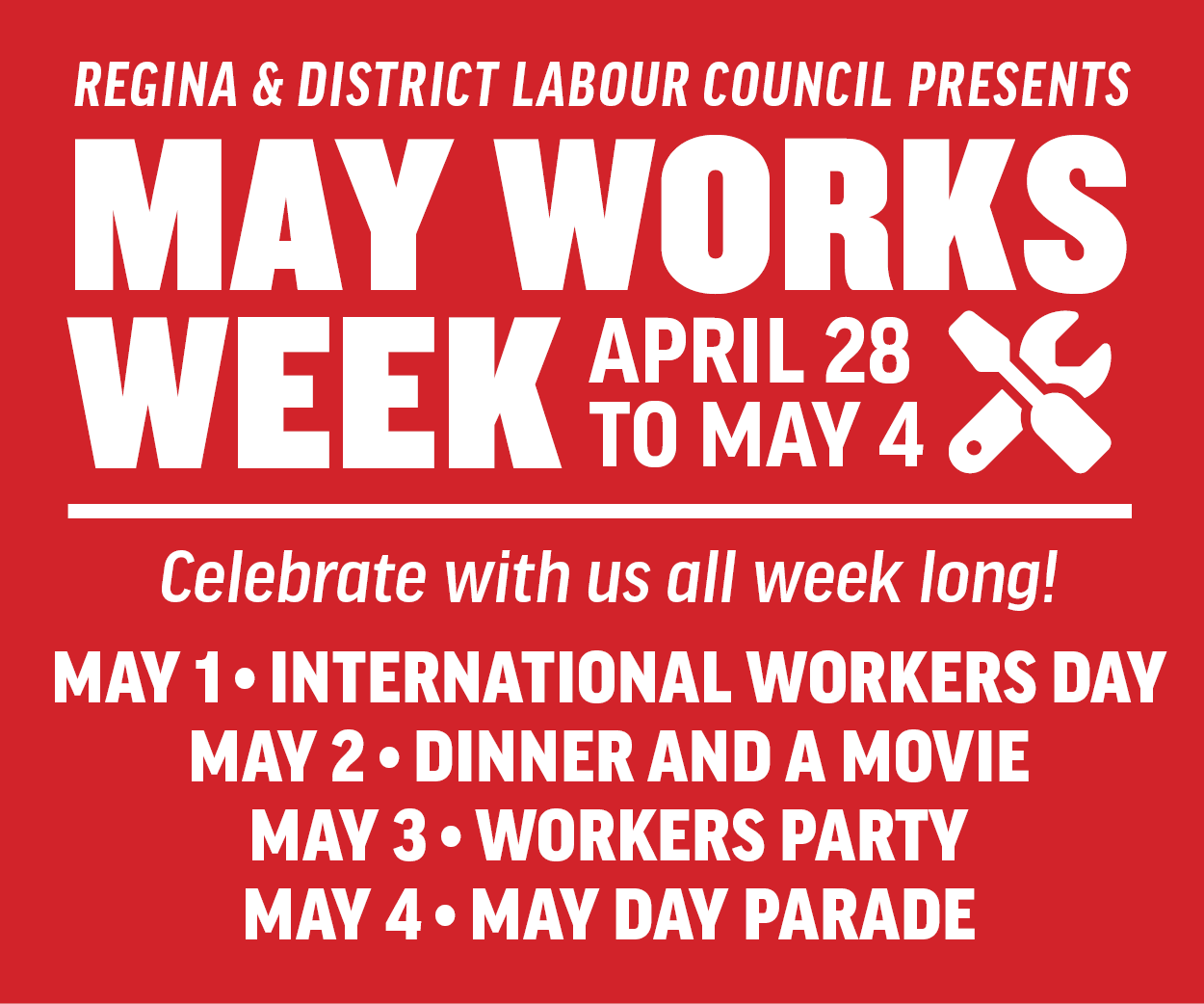Canadian women have a lot holding them down. It’s time to chuck the deadweight

Art by Edith Skeard
Feature | by Lisa Johnson
Hey, March 8 is coming up. Happy International Women’s Day! There have probably been better ones. Thanks to U.S. President Donald Trump and his racist, misogynistic army of trolls, this entire continent feels less tolerant than it did a year ago.
That said, there are so many different playful and constructive ways in which a thoughtful woman might navigate news headlines in a white supremacist man’s world. Hey, it’s easy to be dismissive and cynical, or to slip into fantasy (oh! if you’re headed in this direction, you should definitely visit www.hillarybeattrump.org), because we’ve got major and obvious systemic problems facing women today.
On the other hand, we’ve got solutions, too. We really do. We’ve had decades to think ’em up, too.
Let’s check in on six good ideas.
1. Listen To Victims
In its recent 20-month investigation, The Globe and Mail revealed that one in five sexual assault victims who go to the police — that’s about 5,000 people per year — have their allegations dismissed as “unfounded.”
This is a way higher rate of dismissal than that of other reported crimes, such as assault.
“Inflated unfounded rates create the impression that police receive fewer complaints of sexual assault that they actually do,” wrote the Globe’s Robyn Doolittle. “In turn, that gives the appearance that more complaints lead to an arrest.”
In other words, dismissing piles of sexual assault complaints after little or no investigation makes arrest rates look better.
The number of sexual assault allegations dismissed as unfounded in Saskatchewan between 2010 and 2014 totaled 19 per cent — but this rate changes dramatically depending on where you live.
Regina and Saskatoon’s percentages were 17 per cent and 15 per cent respectively, but Lloydminster, for example, has an “unfounded” rate of 35 per cent.
Yikes.
The Globe’s findings suggest that diversity in the cop shop could help, since police departments with more female officers had lower unfounded rates.
2. Stop Online Harassment
Thanks to Milo Yiannopoulos, we now know exactly how badly a far-right stooge needs to screw up to get fired by the assholes at Breitbart. Just say it’s good for 13-year-old boys to fellate priests! It’s good to know there is a line you can’t cross.
Of course, it helps to understand how Steve Bannon’s former golden boy appealed to “alt-right reactionaries” in the first place. Yiannopoulos had a theory on this, which he explained to OUT magazine late last year.
“The Internet doesn’t bring out the worst in people — it reveals people for who they are,” Yiannopoulos said. “This is the nice, polite, politically correct middle classes at war with the working classes, who speak in a far more vulgar, direct, and explicit way. It’s a class thing.”
There you have it. According to Yiannopoulos, the good, honest, hard-working blue-collar Trump supporters love their rough-talking opinion leaders.
(It would probably be rude to point out how ludicrously elitist it is of Yiannopoulos to tell blue collar workers they like crude discourse, so I won’t.)
Yiannopoulos’ downfall —the cancellation of his CPAC appearance, the loss of his book deal and the end of his Brietbart gig — has been fun to watch, but it’s the story’s latest chapter that I like. According to the online magazine Vox, it was an anonymous 16-year-old conservative Canadian girl who took Yiannopoulos down. Vox confirmed that the unnamed Canuck teen worked with The Reagan Battalion, a conservative group, to publicize the now-famous video of Yiannopoulos advocating pederasty.
(Also worth noting: the young woman attended a recent Women’s March with her mother.)
Twitter’s solution to hate-spewing trolls like Milo is often to ban them outright. This girl’s answer: let the creature hang itself with its own words.
3. Close The Gap
An 1981 Canadian Press article recently unearthed by Gizmodo had an amazing headline that puts women’s progress into dismal perspective: “Equality in Wages by the year 2017.”
*Looks around* Hmmm…nope. Still not there. Well, maybe by 2037?
The problem is perennial, the list of possible solutions inexhaustible, and the solution is always, seemingly, just around the corner. Yet, men still make more money than women working the same jobs.
Plenty of thoughtful solutions have been floated, including raising the minimum wage, paying a decent living wage, publishing professional wages transparently, enforcing equal pay laws, enforcing sexual harassment laws, and finally, the ironic recommendation du jour: train women to negotiate wages better (than men).
The solutions are there! Let’s get this taken care of before that headline turns 50.
4. Establish Affordable Child Care
As recently reported in the Globe and Mail, the average cost of daycare in big cities across Canada is far more than university tuition, sometimes hitting more than $1,000 a month — even $30,000 a year in places like Toronto. Currently leading the charge against this nonsense: the British Columbia NDP, who made affordable child care a key commitment in their upcoming platform. Of course, this is a key platform plank for anyone who cares about women participating in the work force (and paying taxes).
There are plenty of jurisdictions around the world that prioritize publicly funded child (and elder) care. There’s an affordable program in Quebec, going strong since 1997, and the much-touted successes of the Nordic Model, that we could emulate if we, too had the political will in Saskatchewan.
Hey, we’re going to need jobs in this province soon. Two birds, one stone. What do you say, Mr. Premier?
5. Guaranteed Access to Medical Care
Although Canadian law doesn’t restrict abortion access and funding, in practical terms many women are unable to terminate an unwanted or unsafe pregnancy — especially those in marginalized and remote communities. So it’s heartening when the Federal Status of Women Minister Maryam Monsef couples an announcement of funding for Planned Parenthood with comments like these, as she did recently: “Reproductive health rights in Canada and around the world are critical to advancing gender equality and the empowerment of women and girls.”
6. End Taxes on Woman
When it comes to eliminating the so-called “Tampon Tax,” we’ve made progress. The federal government, along with provincial governments including Saskatchewan, have effectively eliminated sales tax on feminine hygiene products.
The next obvious step: publicly funded birth control.
According to a study just published by the Canadian Medical Association Journal, publicly funding essential medication in general would save $4 billion a year. This would include antibiotics, insulin, heart medication, anti-depressants, and most importantly for women, oral contraceptives.
I mean, it’s not like women are the only people who would benefit from that.
So there you go: six things to work on over the next 12 months. Hopefully we’ll see some progress on this file before IWD 2018. There better be, because fair warning: this time next year, we’re demanding free tampons. You’re on notice, Canada!





